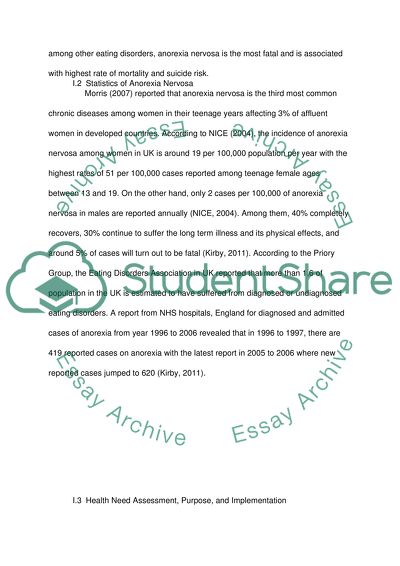Cite this document
(“Anorexia Nervosa in United Kingdom Dissertation”, n.d.)
Anorexia Nervosa in United Kingdom Dissertation. Retrieved from https://studentshare.org/health-sciences-medicine/1435549-write-a
Anorexia Nervosa in United Kingdom Dissertation. Retrieved from https://studentshare.org/health-sciences-medicine/1435549-write-a
(Anorexia Nervosa in United Kingdom Dissertation)
Anorexia Nervosa in United Kingdom Dissertation. https://studentshare.org/health-sciences-medicine/1435549-write-a.
Anorexia Nervosa in United Kingdom Dissertation. https://studentshare.org/health-sciences-medicine/1435549-write-a.
“Anorexia Nervosa in United Kingdom Dissertation”, n.d. https://studentshare.org/health-sciences-medicine/1435549-write-a.


